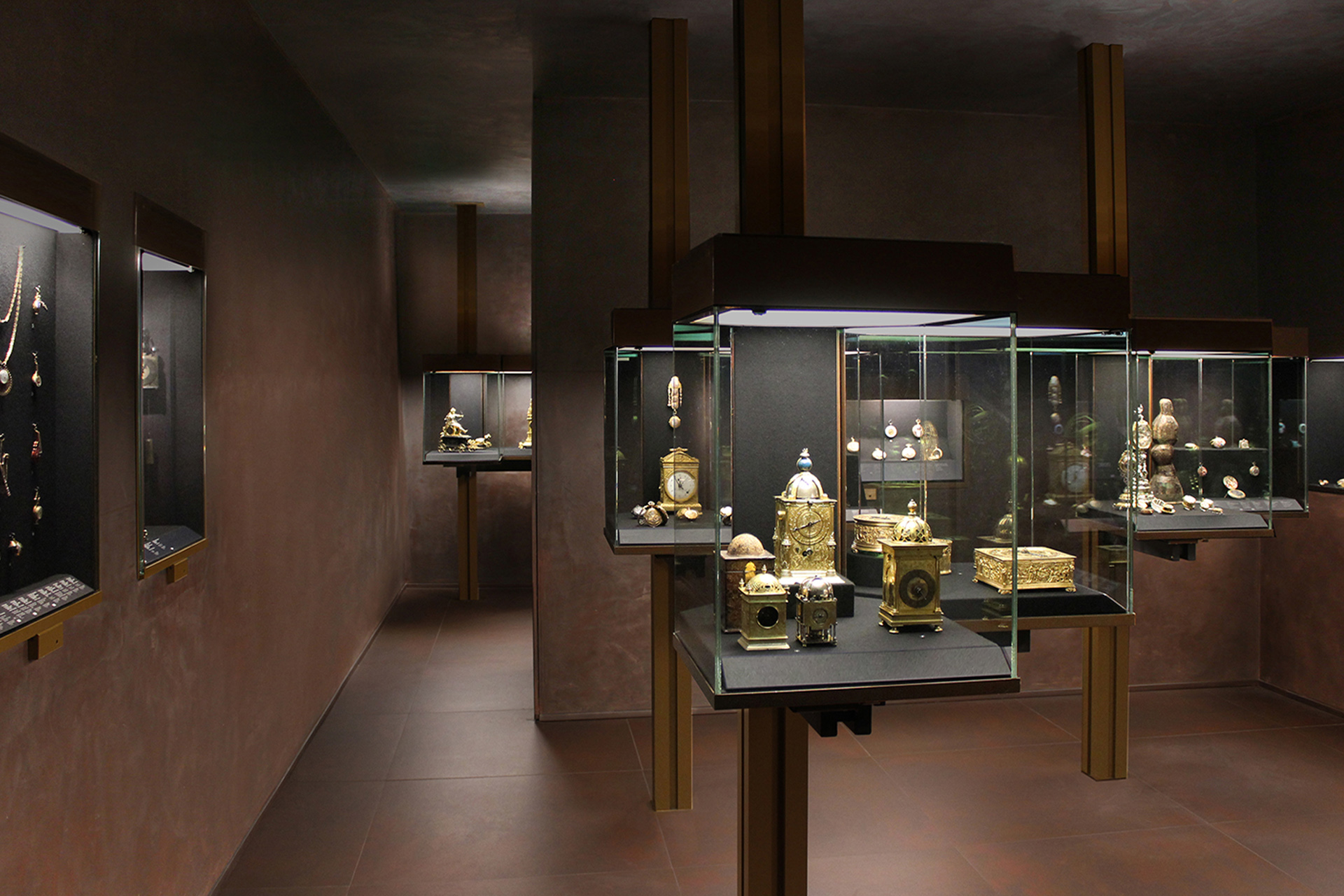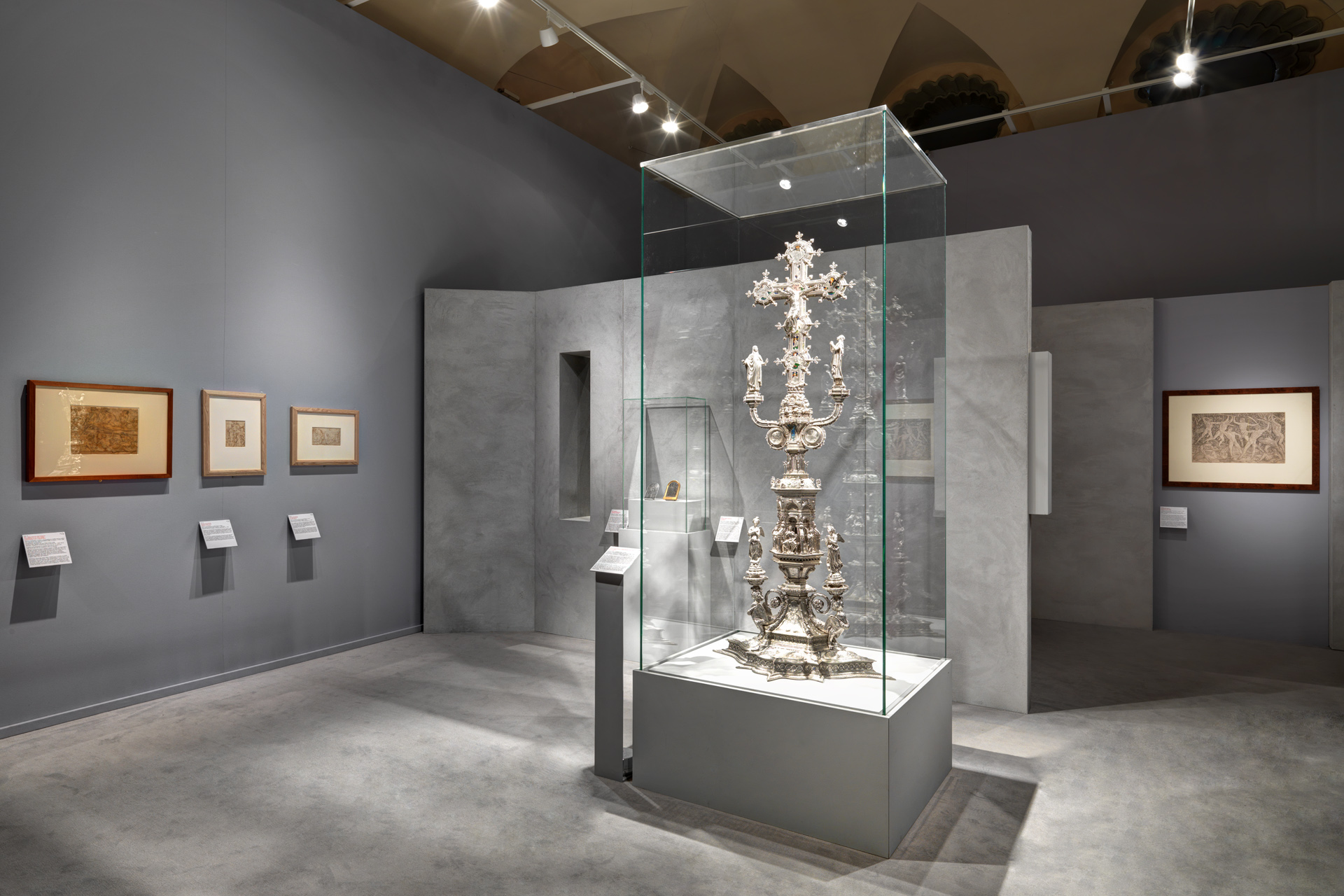Scroll Down
Scroll Down
Scroll Down
Lighting design: Ferrara Palladino Lightscape with Marco Miglioli.
Client: “Poldi Pezzoli Museum” Artistic Foundation. Architecture and renovation design: Luca Rolla and Alberto Bertini. Arnaldo Pomodoro. Artistic supervision of the museum: Annalisa Zanni, Andrea di Lorenzo and Federica Manoli. Photographs: Max Pintus, Andrea Ceriani and Andrea Martiradonna
MILAN | ITALY
A study and research laboratory to identify more and more innovative, technological and functional systems and materials for artworks lighting.
Entering the rooms of the Poldi Pezzoli Museum, the visitor feels accompanied in the discovery of masterpieces (paintings by Piero della Francesca, Bellini, Mantegna or glassworks, fabrics, archaeological finds and furnishings of various kinds) of this house museum. The challenge of the project was to maintain the welcoming spirit of the house and at the same time allow the reading of all the great masterpieces details on display.
The lighting of the majority of the rooms on the main floor of the museum revolves around the creation of new chandeliers and is intended to be a reminder of the domestic character of the building which was converted from a nineteenth-century private residence into a museum.To safeguard this domestic atmosphere and connect the rooms, which differ in size and objects on display, the lighting is rather uniform and does not highlight any particular individual works.
The telescopic arms of the chandelier are made of carbon fiber, so as to make the structure lightweight and allow even distant points of the room to be reached to more adequately illuminate paintings or sculptures from multiple perspectives.
The light source, coming from each arm of the chandelier, was designed so that its chromatic component can be modified individually, to prevent the color of the walls from influencing the perception of the colors of the artworks.
A fundamental part of the lighting design was also the analysis and use of natural light inside the rooms.
On the ground floor, where the temporary exhibitions are held, a system of telescopic bars support the lighting fixtures, specially designed for the museum, allowing the light to be directed to any point of the space based on the exhibition needs.









